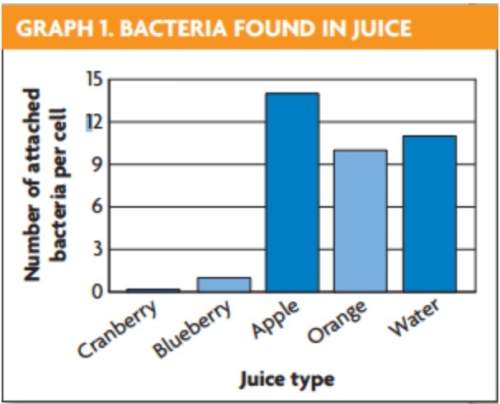
There are now at least 13 species of finches on the Galapagos Islands, each filling a different niche on different islands. All of them evolved from one ancestral species, which colonized the islands only a few million years ago. This process, whereby species evolve rapidly to exploit empty ecospace, is known as adaptive radiation...The ecological niches exert the selection pressures that push the populations in various directions. On various islands, finch species have become adapted for different diets: seeds, insects, flowers, the blood of seabirds, and leaves. The ancestral finch was a ground-dwelling, seed-eating finch. After the burst of speciation in the Galapagos, a total of 14 species would exist: three species of ground-dwelling seed-eaters; three others living on cactuses and eating seeds; one living in trees and eating seeds; and 7 species of tree-dwelling insect-eaters." pbs (<--- easiest way to cite a source, control-V, cut and paste the link) 1. Explain, in your own words, how a single finch species evolved into different Galapagos finch species. Make sure to use as many terms from Chapter 7 as you can and as always, cite your sources. You do not need to go through all fourteen. You can use just one species and walk us through the process. Make sure to discuss beak shape and diets, adaptations, different environments, and island adaptive radiation. There are many resources on this topic. Take some time to research this topic using multiple sources and then write your impression. Do not just read one article and give me definitions. I hope you are all healthy and happy!

Answers: 2


Another question on Biology

Biology, 22.06.2019 01:00
Which of the following statements is true? a. there are more chromosomes in an organism than there are genes. b. there are more genes in an organism that there are chemical bases. c. dna is made of sugar, phosphate, and carbon. d. genes are found in specific locations on a chromosome.
Answers: 1

Biology, 22.06.2019 09:00
Which of these transport mechanisms moves glucose from the blood into a cell? active transport diffusion facilitated diffusion osmosis
Answers: 1

Biology, 22.06.2019 14:50
Lactase is essential for digesting lactose in milk. this enzyme is specific for this sugar. why? molecules and active sites vary in size; only properly sized molecules can fit.there is a precise compatibility between the active site and the lactose molecule.specificity refers to the action of the enzyme, such as hydrolysis, and relatively few molecules can be hydrolyzed.reaction-specific enzymes assume a fit by folding around the most numerous substrate molecules.
Answers: 1

You know the right answer?
There are now at least 13 species of finches on the Galapagos Islands, each filling a different nich...
Questions

Mathematics, 15.09.2020 03:51

Mathematics, 15.09.2020 03:51

Mathematics, 15.09.2020 03:51

Mathematics, 15.09.2020 03:51

English, 15.09.2020 03:51

Biology, 15.09.2020 03:51

Mathematics, 15.09.2020 03:51

Mathematics, 15.09.2020 03:51

Geography, 15.09.2020 03:51

Mathematics, 15.09.2020 03:51

Mathematics, 15.09.2020 03:51

Mathematics, 15.09.2020 03:51

Mathematics, 15.09.2020 03:51

Mathematics, 15.09.2020 03:51

Mathematics, 15.09.2020 03:51

Mathematics, 15.09.2020 03:51

Mathematics, 15.09.2020 03:51

Mathematics, 15.09.2020 03:51

Mathematics, 15.09.2020 03:51

Mathematics, 15.09.2020 03:51




